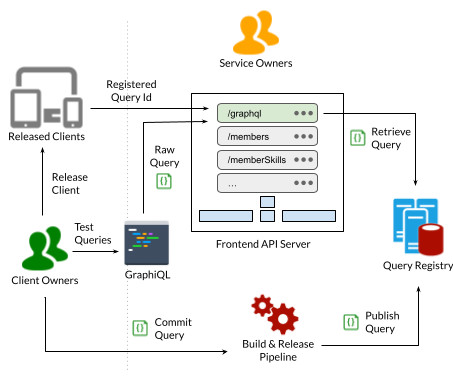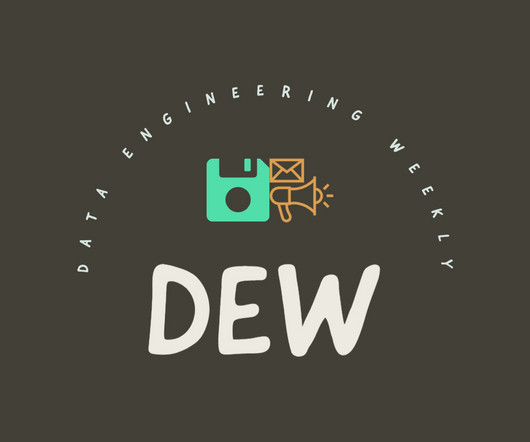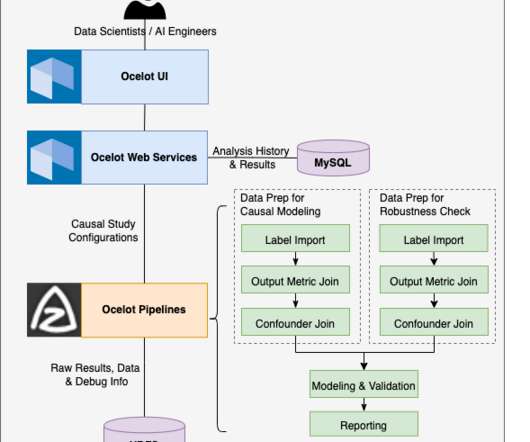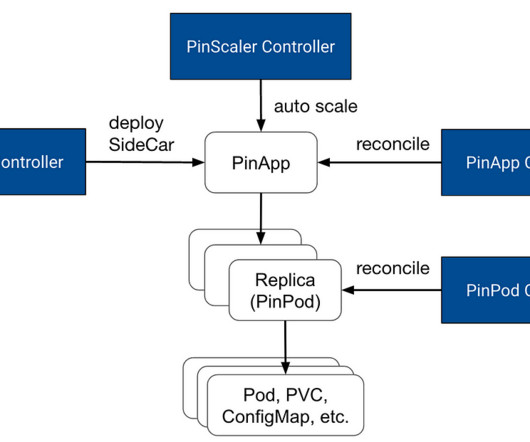How LinkedIn Adopted A GraphQL Architecture for Product Development
LinkedIn Engineering
APRIL 25, 2023
In our previous blog post on GraphQL, we explained how LinkedIn uses GraphQL to expedite the process of onboarding new use-cases for external API partners. In this blog post, we will cover how the GraphQL layer is architected for use by our internal engineers to build member and customer facing applications. specifically for GraphQL.












Let's personalize your content